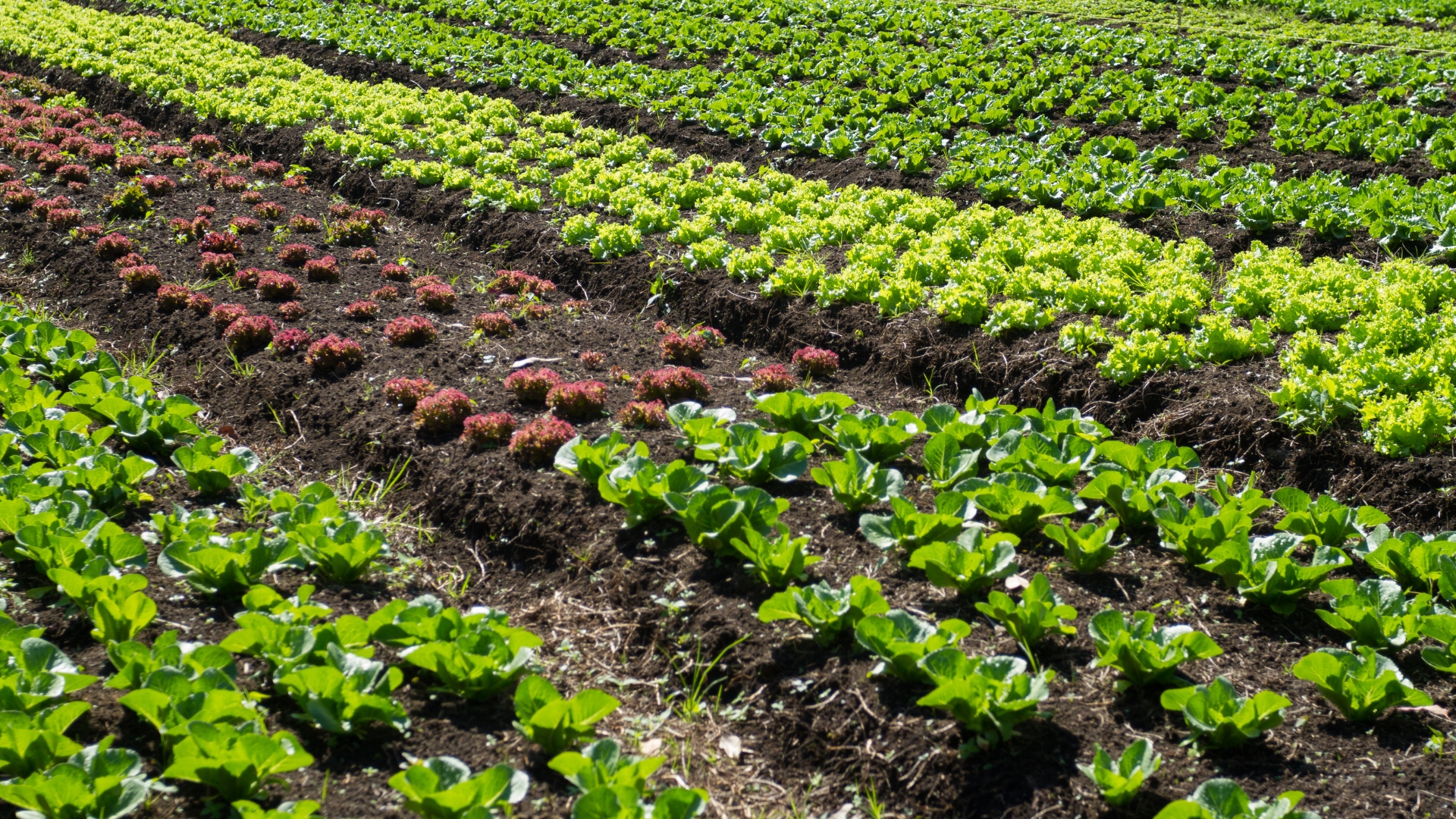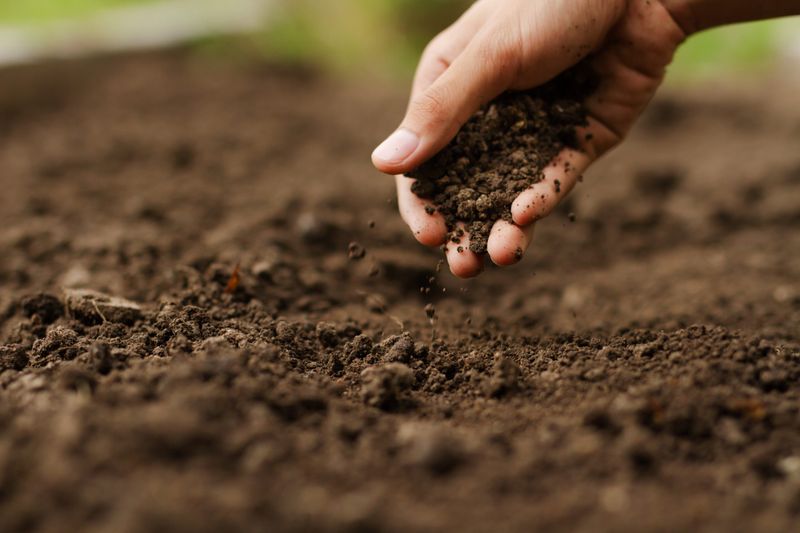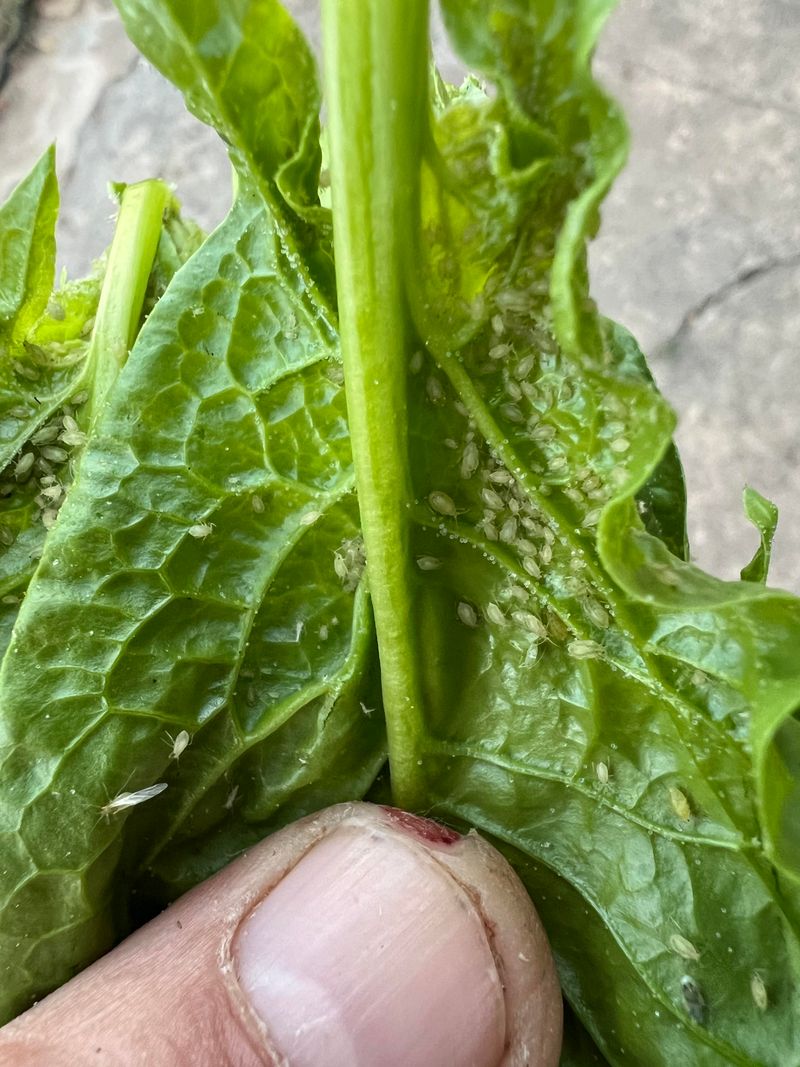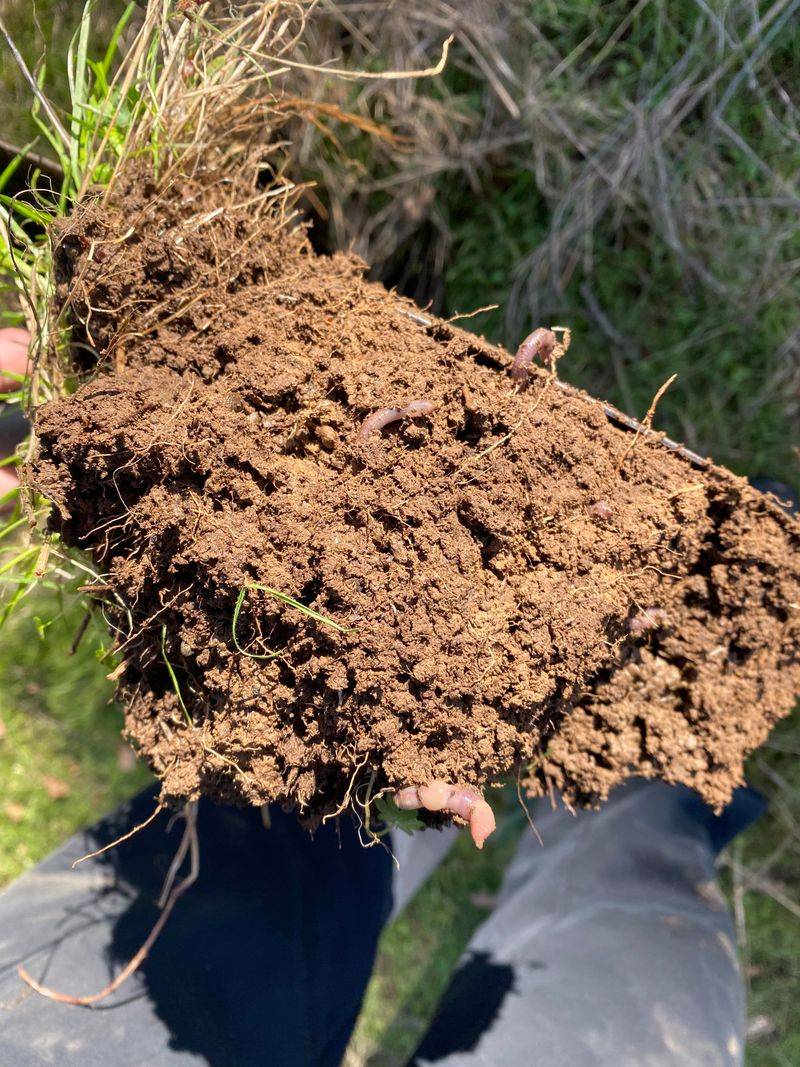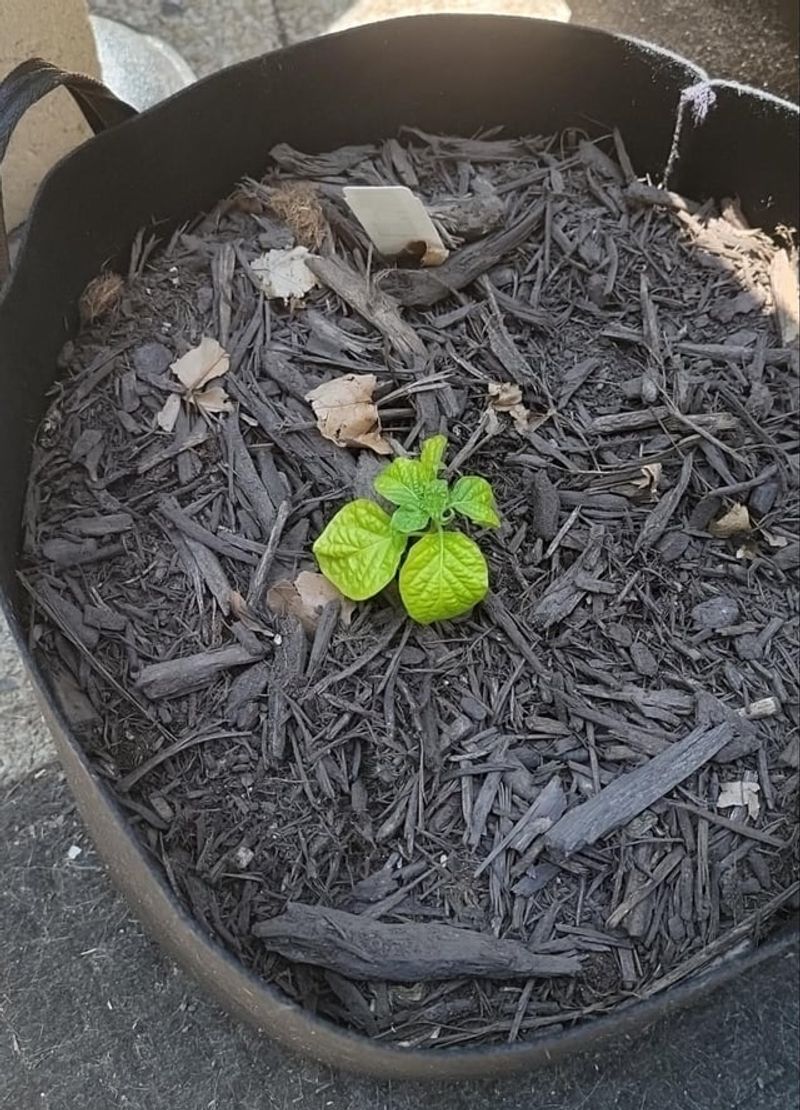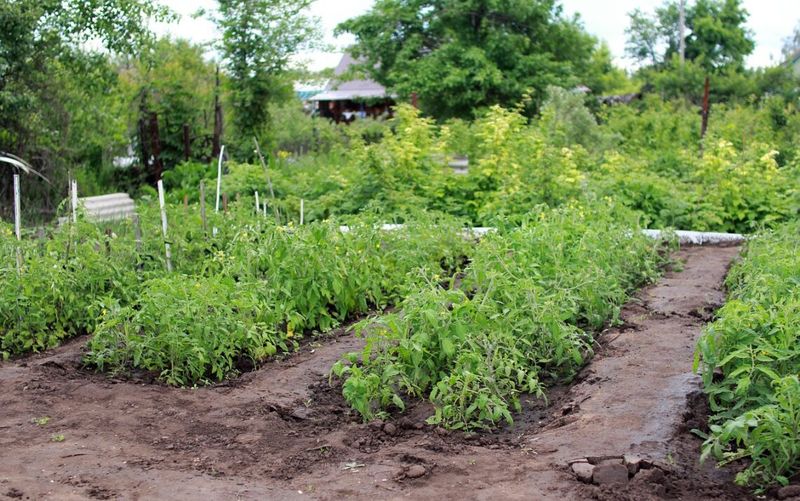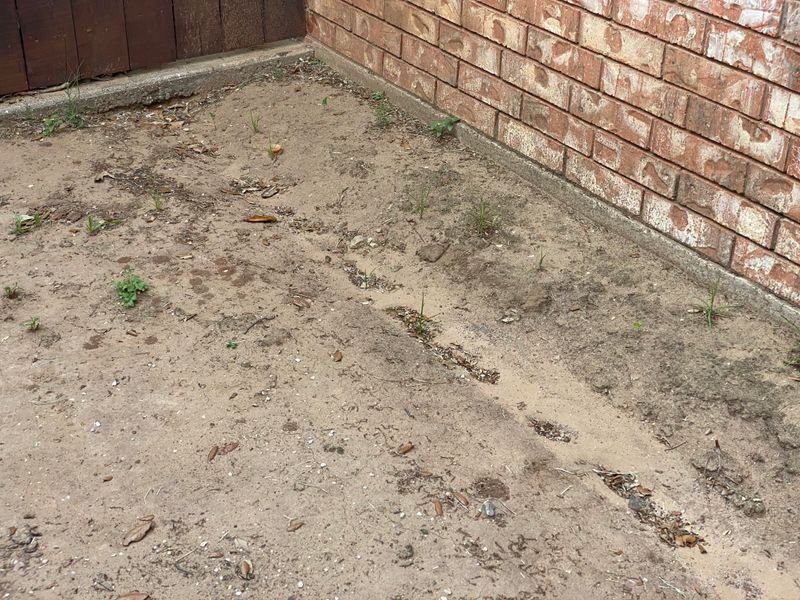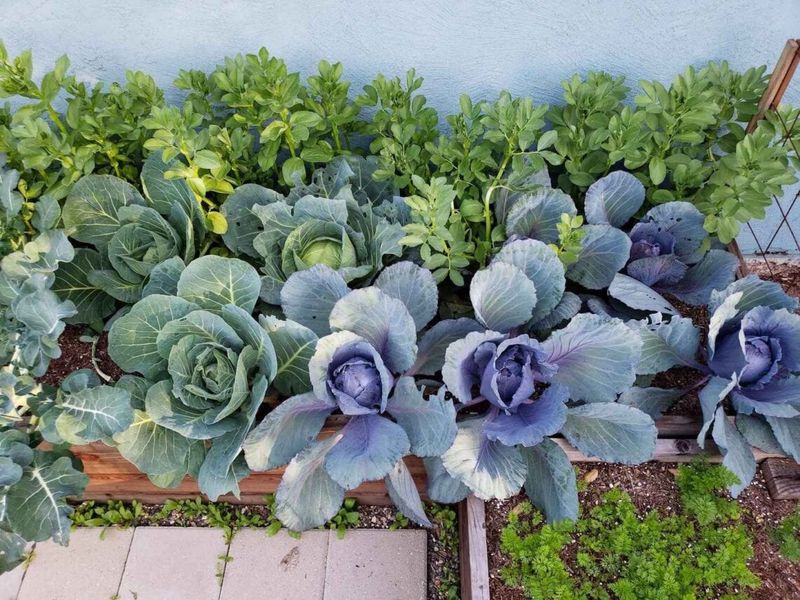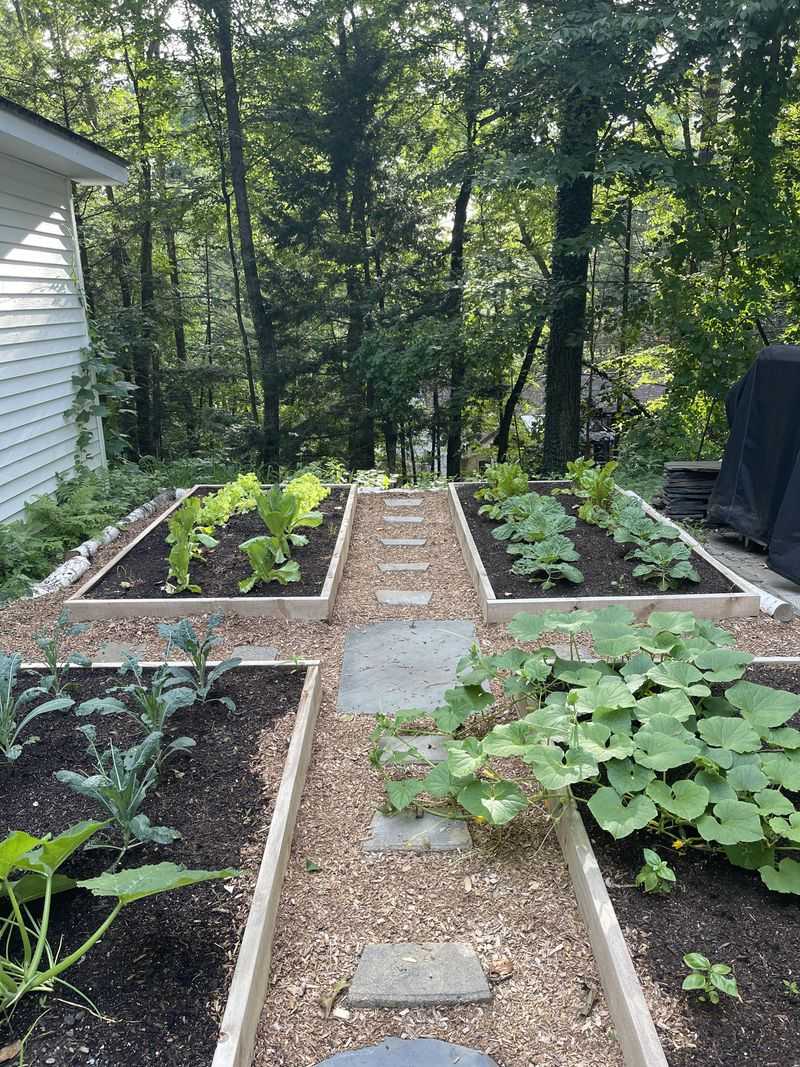Crop rotation is one of the easiest ways to keep your vegetable garden healthy and productive. Think of it like giving your soil a much-needed breather. By changing where you grow your crops each season, you can outsmart pests, improve soil nutrients, and help your plants grow stronger year after year. This age-old method still works wonders—and your garden will thank you for it!
1. Boosts Soil Fertility
Imagine a garden where the soil is full of life and nourishment. By rotating crops, you allow the soil to recover and maintain its nutrients.
This practice prevents soil from being drained by the same plants over time. Picture bright, leafy greens growing from rich, dark soil. Healthy soil means healthy plants, and your vegetables will thank you with bountiful harvests. Rotating crops is like giving the soil a vitamin boost!
2. Prevents Pest Infestations
A garden buzzing with life should be more bees than bugs! Crop rotation helps confuse pests who expect the same plants in the same spot.
When plants are moved, pests can’t set up camp, reducing their numbers. Think of it as a game of hide and seek with nature.
Your veggies stay safe, and your garden thrives without the buzz of unwanted pests. It’s a natural pest control that’s smart and effective.
3. Reduces Plant Diseases
A garden full of thriving plants not plagued by diseases? Rotating crops minimizes the chance of diseases lingering in the soil.
This is especially helpful for plants prone to soil-borne diseases. By changing planting spots, you break the cycle of disease, keeping your plants robust and your produce plentiful. Imagine a garden where every plant stands tall and healthy, thanks to wise planting practices.
4. Improves Soil Structure
Feel the rich, crumbly soil that results from rotating crops. Different crops have various root systems that break up the soil, improving aeration and drainage.
This leads to a more robust soil structure, reducing erosion and compaction. Imagine digging your hands into soil that’s as fluffy as a cloud. Better soil structure means your plants can root easily and grow strong, making your garden lush and lively.
5. Enhances Soil Microbial Activity
Think of a bustling underground world full of tiny creatures benefiting your plants. Rotating crops encourages diverse microbial life, which helps decompose organic matter and release nutrients.
The more active these microbes are, the healthier your soil becomes. This invisible army works tirelessly to enrich your garden, making it a vibrant ecosystem all its own. A garden alive below means a garden thriving above.
6. Balances Soil Nutrients
Another thing your garden soil needs is the perfect balance of nutrients. Different plants use and replenish various nutrients, so rotating crops prevents depletion.
This practice ensures every plant gets what it needs to grow strong. Imagine your soil as a balanced diet for plants, keeping them vigorous and productive. Maintaining nutrient balance through rotation is like having a natural fertilizer at work.
7. Maximizes Garden Yield
Crop rotation boosts production by keeping plants healthy and soil fertile. With fewer pests and diseases, plants grow better and yield more. It’s like getting a garden superpower!
The diversity and abundance will turn your plot into a vibrant tapestry of color and life, rewarding your efforts with a bountiful harvest season after season.
8. Promotes Biodiversity
Another thing you should know is that rotating crops encourages a variety of species, supporting beneficial insects and pollinators. This biodiversity is crucial for a balanced ecosystem where plants and creatures thrive together.
A garden alive with diversity isn’t just a feast for the eyes; it’s a sanctuary for nature. Your diverse planting fosters harmony and beauty, enriching your gardening experience.
9. Reduces Chemical Use
I believe everyone wants a garden that thrives with fewer chemicals. Rotating crops naturally manages pests and diseases, reducing the need for chemical fertilizers and pesticides.
This greener approach keeps your vegetables healthy and safe for consumption. Imagine harvesting fresh produce straight from your garden, free from harmful chemicals.
Embracing natural methods not only benefits your plants but also protects the environment.
10. Prevents Soil Erosion
Different crops provide varying root systems that help hold the soil in place. This reduces the risk of erosion, keeping your garden beds intact and fertile.
Imagine years of growth without losing precious topsoil. It’s a simple yet effective way to preserve the foundation of your garden, ensuring its productivity for years to come.
11. Saves Water
Think of a garden that uses water wisely. Rotating crops can lead to improved soil structure and moisture retention.
Some plants require less water, so alternating them helps conserve this precious resource. Imagine a vibrant garden that continues to flourish even in dry spells. Your careful planning will pay off with a resilient and sustainable garden that respects nature’s limits.
12. Supports Healthy Root Development
The ultimate goal of every gardener should be plants with strong, healthy roots. By rotating crops, different root systems explore different soil layers, improving access to nutrients and water.
This leads to more resilient plants that can withstand adverse conditions. Your plants thriving with roots that anchor them firmly and nourish them deeply!
13. Increases Carbon Sequestration
I’m sure you want your garden to contribute to a healthier planet. Rotating crops can increase carbon sequestration, where plants capture and store carbon dioxide.
This helps mitigate climate change impacts. Imagine your garden as a green lung of the Earth, playing its part in environmental conservation. Your sustainable practices contribute positively to global efforts to balance carbon levels.
14. Facilitates Efficient Space Use
Rotating crops also allows you to plan your layout efficiently, accommodating a range of plants without overcrowding. This strategic use of space maximizes productivity and aesthetics.
Efficient space use leads to a more manageable and rewarding gardening experience.
15. Encourages Seasonal Variety
Rotating crops allows you to plant a variety of seasonal vegetables, keeping your meals exciting and diverse. This changing palette adds visual interest and nutritional variety to your diet. Imagine the joy of harvesting fresh, seasonal produce throughout the year.
Your garden becomes a source of endless culinary possibilities, delighting your taste buds season after season.

